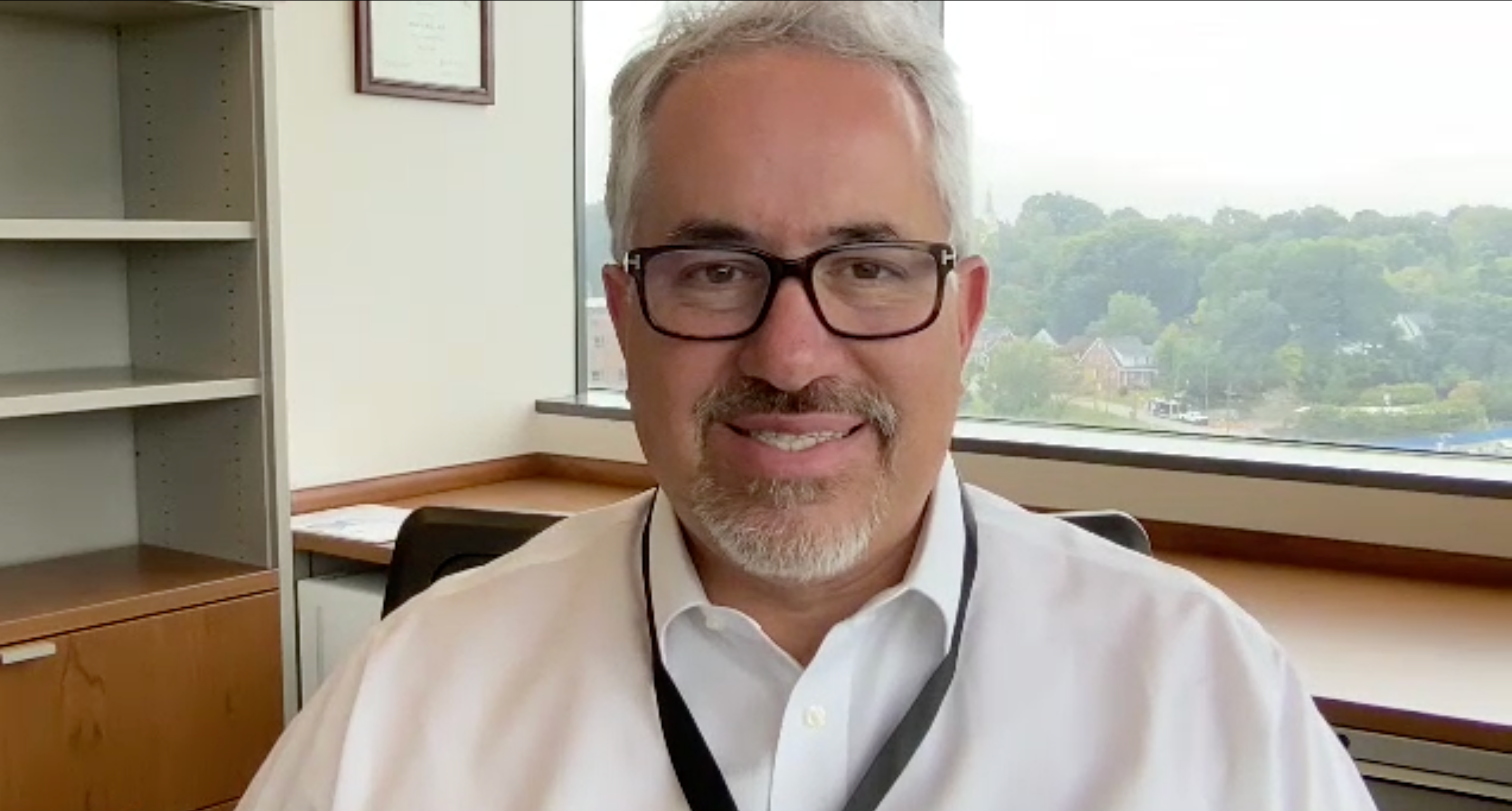Article
Review Highlights Role of Clinical Pharmacology in Approvals of Past, Future Rare Neurological Disease Therapies
Author(s):
Fifty-one therapies have been approved for rare neurological diseases since the FDA passed the Orphan Drug Act in 1983.
The therapeutic landscape for rare neurological diseases is changing rapidly, but the pace of change is only expected to accelerate in the coming years.
In a new review article published in the journal Clinical Pharmacology & Therapeutics, corresponding author Bilal Abuasal, PhD, of FDA, and colleagues explained the role clinical pharmacology has played in those developments, and looked forward to how new technologies could enhance drug development.
Abuasal and colleagues began by outlining the challenges associated with rare disease drug development. Perhaps chief among them is the fact the small patient population can make it difficult to run the kinds of trials needed to evaluate drugs. As such, drug developers often lack the financial incentive to devote sufficient resources to clinical trials for drugs with small pools of potential patients.
From a clinical pharmacology standpoint, the investigators said dose selection and optimization can be difficult in rare diseases.
“Additionally, biopharmaceutical challenges associated with formulation bridging, when a direct pharmacokinetic (PK) comparison between clinical trial and final formulations are not available, are not uncommon,” they wrote.
The Orphan Drug Act of 1983 was enacted to address some of these challenges by incentivizing companies to target rare diseases.
The authors found that, between the passage of that act in 1983 and 2019, 51 orphan drugs targeting neurological diseases were approved. Many of those approvals leveraged existing approved drugs. For instance, 20% received approvals “based on PK bridging of a new dosage form to a reference product already approved,” the authors noted.
Fifty-eight percent of approvals were based on new drug applications for small-molecule drugs backed by their own safety and efficacy studies, and 10% of the new therapies were for biologics with their own studies. Overall, though, about one-third (37%) of all orphan neurological products were repurposed products based on already approved therapies, the authors said. They found that 52% of approved drugs were granted priority review, and 6% of applications were approved through the FDA’s accelerated pathway.
The investigators said clinical pharmacology played key roles in those approvals, including providing efficacy evidence, helping to optimize dosing, and providing information bridging.
Looking forward, the investigators said a number of technologies involving quantitative processing are poised to change the way clinical pharmacology works and drives development.
Quantitative system pharmacology, artificial intelligence and machine learning, and the use of real-world evidence and data are playing an increasingly important role in drug development, they said. Regulators can expect model-informed drug development to be an important tool going forward, they added.
“Multiple initiatives for the integration of disease progression models in neuroglial drug development have been investigated that will enable better understanding of the disease prognosis and progression,” the investigators wrote. “This is expected to inform efficient clinical trial design of multiple heterogenous rare neurological diseases.”
Abuasal and colleagues noted that advances in genetics, targeted therapies, and biomarker applications will drive a significant amount of innovation.
However, they also added that investigators and regulators need to work together to make the promise of such technologies come to fruition. They said investigators and regulators need to become comfortable with data-sharing and must be proactive about communication.
“Early interaction with FDA is highly critical to facilitating the development of innovative approaches for trial designs that can establish drug efficacy and safety,” they concluded. “The FDA can provide advice on required pivotal trials and supportive evidence, and also point out studies that can be deferred to post-approval to promote faster delivery of effective medicines for unmet medical needs.”
Reference:
Abuasal B, Ahmed MA, Patel P, et al. Clinical pharmacology in drug development for rare diseases in neurology: contributions and opportunities. Clin Pharmacol Ther. Published online December 3, 2021. doi:10.1002/cpt.2501













